|
The Foods that Make Billions is a series looking at how big business feeds us. Starting with a look at the bottled water industry, moving through cereals and finally looking at yoghurt, these three episodes explore the history of how these simple commodities have become staple products, part of the global diet. Liquid Gold looks at the competitive dynamics between two of the global leaders in the bottled water marketplace: Nestle and Danone. Episode one unpacks the brand philosophy and big business strategy behind these big hitters in the industry. But why would you buy something that you could get for free from the tap? This documentary looks at the marketing and advertising strategies used by big business to create demand that results in the distribution of millions of bottles of water around the world. Click for documentary Episode two tells the story of a modern marketing miracle: the story of the breakfast cereal. The Age of Plenty investigates the processing, marketing and advertising behind a breakfast that has singularly impacted the way we live. Breakfast cereal marks the birth of modern day "convenience food", invented to make cheap and lifeless corn bits edible and easy to sell, and promoted through reverse psychology, cereal has transformed the way we eat and consequently the way we live. This series tracks the multi-billion dollar breakfast cereal industry, explaining the impact of television advertising on the promotion and sales of breakfast cereals, which endures to this day. Click for documentary Over the past few decades, yoghurt has hit a stellar trajectory from funny dessert to scientific super food. Marketed as a functional food, yoghurt is the perfect product to satisfy the market's increasing appetite for high nutrition, super healthy foods. Pots of Gold, the final episode in the series, looks at how yoghurt entered the market in the form of a Swiss yoghurt brand which opened up a world of taste to British consumers and etched a space in the market where previously none had existed. "Ski" shows how, by simply adding sugar and fruit, a simple commodity becomes a high-priced necessity. By taking a basic commodity like milk, and manipulating it through processing, packaging and marketing, big business has managed to increase the profit margins of simple products by monumental proportions, resulting in multi-billion dollar industry. Click for documentary These are the foods that make billions. By employing clever tactics and smart marketing, big business seduces the appetite of the consumer and entices people to spend and spend and spend. This is how global food and beverage empires are built.
0 Comments
The fascinating Blanket Octopus Click for video The blanket octopus (Tremoctopus), is a genus with four species that, until recently, had only been described based on female specimens. The reason for this is that the females of this species are large (up to two meters long) and have fleshy, capelike "blankets" that extend down their longest arms, while the males are many orders of magnitude smaller and tens of thousand times lighter, making the blanket octopus one of the most extreme cases of sexual dimorphism in the animal kingdom. The females of many octopus species outgrow their male counterparts, a strategy that seems to work for their non-social system. These reclusive cephalopods live alone and, when the time to mate comes, the females are found carrying an entire clutch of eggs while the males "only" contribute with the sperm, which comes in small packets called spermatophores. The bigger the female, the more eggs she is able to carry, and this translates into better odds at continuing the genetic line. The blanket octopus has taken this principle to such an extreme that it took years to even identify males of the genus, which measure no longer than 2.4 centimetres! It wasn't until just a decade ago that scientists finally found their first identifiable live male blanket octopus. The tiny fellow swam up toward a dive light on a night research light the northern Great Barrier Reef in Australia. To mate with their large female counterparts, who might carry around 100,000 eggs, the males secrete their spermatophores into a pouch on their specialized third right arm (the hectocotylus) and leave it in or on the body of the female, where it will be used to fertilize the eggs when she is ready to lay. The male is assumed to die soon after he has made his contribution, while the female carries the eggs in a long strand until they hatch. The blanket of this particular octopus, which can be rolled up when not in use, helps her appear much bigger to potential predators, a effective defensive strategy in the animal world. The most well studied species of this group, the common blanket octopus or violet blanket octopus (T. Violaceus), also has the ability to drop portions of her web to serve as a distraction to potential predators.
But both males and small females have an additional and surprising option for defence. These octopuses are apparently immune to the sting of Portuguese man-o-wars (Physalia Physalis) and have been known to collect stinging tentacles from the poisonous jellyfish-like creature to wield them like weapons for fending off predators. This is not science fiction. This is something that is happening, really happening, NOW. A scary gigantic black hole was discovered by oil workers in Siberia several weeks ago, although it is suspected to have formed within the previous year. In findings that have seriously alarmed environmental scientists, two more chasms have recently been discovered, leading experts to believe they're part of a trend that can be linked to global warming. The explanation: Siberian permafrost contains a deep, frozen mixture of salt, sand, gas and water that has laid largely undisturbed for around 11,000 years. As the Siberian peninsula warms, the permafrost is beginning to thaw. As the gas mixes with salt and water (as well as salty sand), the result is a volatile mixture that builds pressure until it ejects out of the ground with massive force. The Siberian Times reports this is the generally accepted theory. The actual emissions themselves wouldn't be very dangerous, since they occur in pockets of chilly wilderness far removed from human settlements. But, they're a symptom of the larger problem: the release of large quantities of gaseous carbon dioxide and methane into the atmosphere as the process unlocks gas trapped underground for millennia. A similar but less dramatic theory suggests that the holes are the result of pingos, giant formations of earth-covered ice. Pingos form when liquid groundwater is pushed upwards through cracks in the permafrost, freezing near the surface. When they melt during warmer months, the result is a big hole. This theory has gained some credence thanks to flowing water found at the bottom of the first hole in Yamal. In either case, the underlying cause is the same: rising Siberian temperatures resulting in subsurface melting. Why you should care: Melting permafrost releases large amounts of methane, a greenhouse gas 20 times as potent as carbon dioxide. Eventually, the permafrost will release its payload. National Snow and Ice Data Center scientist Kevin Schaefer explains that the process could result in a "tipping point" where the permafrost releases more greenhouse gases than it is able to absorb. It won't necessarily lead to runaway global warming, but there would be a gradual and significant climb in worldwide temperatures. On top of that, many environmental scientists expect the Arctic to flip from a carbon sink to a carbon source around the end of the century. The implications are not yet fully understood, but this is anything but good news for a world that is already rapidly warming. Mother Earth will eventually shrug off us pesky bugs.
Not that I'm happy about it, but she will shrug off all of the "pesky" or all of the "bugs", one or the other will definitely go. Does anybody every wonder why, with so many people being (finally) aware of the situation, flotillas trying to bring humanitarian relief, public petitions and rallies all over the world, BOMBS DO NOT STOP FALLING ON GAZA? The answer to this mystery might lie in this map. This is a map of the wealthiest person for each of the 52 of the United States. All but 8 are men, all except the Hawaiian are white. Click for interactive map And there's more. 48 Percent Of U.S. Billionaires Are Jewish And money, as we know, is power. This situation repeats itself outside the U.S. There is no interest for the Palestinians to find peace. There never was. Jewish Americans are the most powerful and influential ethnic group in America. Jewish Americans make up 2 percent of the U.S. population yet comprise 40 percent of U.S. billionaires. 18% of jewish households have a net worth of $1 million or more. More than 55% of all Jewish Adults received a college degree and 25% earned a graduate degree. More than 60% of all employed Jews are in one of the three highest status job categories: professional or technical (41%), management and executive (13%) and business and finance (7%). Laura Jewish Billionaires
We have been taught from birth that there is one Reality for all, that the Reality we live in is universal. Fact is, that there are so many factors influencing "Reality" that in every moment of our lives, Reality is in fact only OUR reality. I am a vegan living in a world where, although society as a whole is working hard to modify certain discriminatory behaviours and customs because we have at last come to consider them unjust (sexism, racism, classism, ageism, ableism, religious and sexual preferences, etc), discrimination based on species is not even considered as such, with very few exceptions. And if (almost) nobody considers a behaviour to be discriminatory, (almost) nobody will ever see it as unjust and be willing to work to change it. Living in a reality where one considers unjust and discriminatory a behaviour that is extended and accepted as "normal" throughout society -hence not considering it unjust and discriminatory- is, in my opinion, the hardest issue to face for a vegan. According to anthropologist Robin Dunbar, we can only interact in a meaningful way with a maximum of 150 people at any point of our existence. This circle of family, close friends, relatives, colleagues and acquaintances is the most human interaction we can take in, all the rest is irrelevant to us. If we think that there are over 7 billion people on this planet it's easy to see how limited OUR reality is... in reality. We live our lives amongst people who might or might not share our vision of the world, and the number of these social contacts is limited... to 150, give or take. We speak and open our hearts to, share our feelings, our thoughts and our experiences with that group of people. We live in a dimension that lies between our actions and the reactions of those 150 people. There, in that quite narrow dimension, the reality -OUR reality- is created. Come to think of it, 150 is a very small number. OUR reality is reflected in the eyes and reactions of a very limited slice of humanity, and since we are social animals our own behaviour, our own social life, our own actions and reactions, our own experience of life itself are dependent on that. It is part of our human nature to react to other's reaction, it is one of our survival mechanisms, it is so embedded in us that we don't even realize it. This is the reason why it is so important to surround ourselves with people who feel and think similarly to us. This is the reason why we feel discomfort when we share our lives with people not akin to us. This is the reason why, when we are part of a community who shares our feelings, toughs and experiences, we start believing that "reality" is becoming different. In fact, at that point OUR reality HAS changed. We are social animals, we need a community not only to thrive, but to survive. Virtual communities can help, though only to an extent. We are organic beings, we need interaction with other people in real-life contexts. On-line communities are a very effective way of bridging physical distance and CAN be helpful especially if our believes are so uncommon within society (only 1% of the world's population is vegan). But there comes a moment when we need to switch our computer off and go meet up with real-life people. We cannot thrive nor survive on virtual experiences alone, as we cannot thrive nor survive on astronaut food alone. That is only possible for a limited time. The fact that Reality is only OUR reality is something that we should always keep in mind.
We often tend to forget that the world outside the community we created for ourselves is still the one we left behind, that the Reality we chose not to live in any longer because it did not fit our thoughts, feelings, believes and experiences is still a Reality where beings are discriminated, every moment of the day, only for belonging to a certain specie, and because of this discrimination they are submitted to all kind of exploitation. The support of a community is vital for us. Once we receive that support we should go back to the Reality -to the community- we left behind, because this is still the Reality of 99% of the rest of the world. Let us never forget that. Let us use our communities and the support we receive from them to recharge our energies when we need it. But let us never lose sight of the fact that the world has not changed only because we have found a group of people who think, feel, experience something similar to what we do. Because it has not. Laura Edible City (click for video) is a fun, fast-paced journey through the local Good Food Movement that's taking root in the San Francisco Bay Area, across the nation and around the world. Introducing a diverse cast of extraordinary and eccentric characters who are challenging the paradigm of our broken food system, Edible City digs into their unique perspectives and transformative work -from edible education to grassroots activism to building local economies- finding hopeful solutions to monumental problems. Inspirational, down-to-earth and a little bit quirky, Edible City captures the spirit of a movement that's making real change and doing something truly revolutionary: growing the model for a healthy, sustainable local food system. A film dedicated to grandparents and grandchildren. As a vegan, there are some deeply disturbing images in this video. Even more disturbing to me, though, is the deep-rooted idea that we need animals as food. WE DO NOT. After almost 5 years living (yes, LIVING, not surviving, and in much better health than before) without consuming animal products I have even stopped trying to prove to anybody that this is possible.
There are millions of people in the world who live without eating animals, and I feel that this is unequivocal evidence of this FACT. Apart from that, the documentary is really inspiring. I guess we will have to work on the rest little by little. :-) Laura How do we define Beauty? Don't Art and Beauty go hand in hand? And isn't Beauty in the eyes of the beholder? Artistic value should hence be the same. Does a dancer need to be tall, blond, white, thin, tanned, blue-eyed to be considered a worthy dancer? Does Art need to fit a certain standard, or is it just the standards that rob a work of all its artistic value? Does Art need to be aesthetically pleasing to be considered as such, or is it exactly the "pleasing" that kills the Art? Shouldn't Art be something that does not bend to the rules of the "common", of the "normal"? Shouldn't Art move us, stir feelings in us, compel us to think, allow us to see reality under a different light, help us change, evolve? Why are we trying to set boundaries to Art? How could this be described as Art, if it had to fit the standards above? There is nothing aesthetically beautiful in it, but nobody can say it's nothing but Art. So the standards must be wrong. Isn't THIS Art? (click for video) Are we so foreign to Art that we need critics, "professionals" who tell us what is and what isn't Art? Art is the expression of our feelings and the recognition of somebody else's feelings. We are all capable of both as human beings. We need no-one to tell us what deeply moves us. We just need to let go and feel. The Artistic World has always been the spearhead for the changes that take place in society. Artistic licence has always been the perfect excuse and the necessary shield to start presenting different realities to the comfortable world of the "normal". Isn't THIS Art? (click for video) We might like a work of Art, or we might not.
It might speak to us, in which case we will grow as a being, through the feelings and thoughts that are born by the experience of having been in contact with it. And if it doesn't speak to us, it does not mean that it won't speak to someone else. We are all different, and we are all in different phases of our evolution. A same work of Art might not speak to us at a certain point in our lives, and do it at a different time. If a work of Art does not speak to us, it does not mean it's worthless. So, why should a couple's dance number be considered Art if the dancers are of a different sex, and not if they are of the same sex? Britain’s governing body of ballroom dancing has proposed a change of the definition of a competing partnership to be “one man and one lady” (read the whole article here). They say that two men have more stamina than a couple composed by man and woman. But then... what about two women? Haven't this kind of excuses always been used for trying to keep the status quo, to avoid evolution? Aren't we tired of them yet? Who is to decide that a dance number of two men or two women together as a couple, is not worthy of being called Art? How can anyone think that it is good, or even possible, setting boundaries to Art? Laura 70% of our planet is made of oceans and seas. 97% of that 70% is still uncharted territory. And we are destroying it, so much so that by the year 2048 all commercial fish species will be extinct. We've only explored about 3% of what's out there in the ocean. Already we've found the world's highest mountains, the world's deepest valleys, underwater lakes, underwater waterfalls. There's still 97%, and either that 97% is empty or just full of surprises. David Gallo: Underwater astonishments (click for video) In a place where we thought no life at all, we find more life, we think, and diversity and density than the tropical rainforest.
Laura DESPITE TOUGHER LAWS, INDIA CAN'T SHAKE RAPE CULTURE. NEW DELHI — Despite tougher laws against sexual violence, the grisly rape and murder of two teenage girls found hanging from a tree shows India has a long way to go to safeguard women in its male-dominated, socially stratified culture, critics say. "Even though the laws are there, many people feel they can get away with anything, an attitude that some of our politicians have gone out their way to encourage," said Ranjana Kumari, a prominent women's rights activist and director of the Centre for Social Research in New Delhi. The incident in Katra Sadatganj, an impoverished village in the north Indian state of Uttar Pradesh, is just the latest in a string of attacks. At least two other rape cases were reported in the past two weeks in the same state, including one involving a woman who was found hanging from a tree Wednesday. The incidents are igniting debate about sexual violence against women and triggering outrage over lax attitudes about it, despite the strengthening of laws against rape last year. The 14- and 15-year-old girls stepped out into a field at night on May 27 to relieve themselves — a common practice in India where more than a hundred villagers might share a single toilet — but never returned. After they were discovered suspended from the branches of a mango tree, Lal and other relatives refused to cut down their bodies for almost a day to ensure police conducted a proper investigation of the scene. The case is evoking memories of the 2012 gang rape and killing of physiotherapy student Jyoti Singh, 23, on a bus. In January, a 51-year-old Danish tourist was gang raped in New Delhi. Last year, three men raped an American tourist hitchhiking in Himachal Pradesh, a mountainous northern region popular among tourists. More than 240,000 sexual offenses against women were reported in 2012, according to Indian government statistics. But human rights experts believe that number is vastly underestimated because many women don't report the crimes. India's government enacted measures last year to address concerns after nationwide protests seeking more security for women followed Singh's death. The new laws mandate strict guidelines for reporting rapes, shorter trials, less onerous hurdles for victims making accusations and requirements that female officers process victims. However, high-profile rapes continue to occur, suggesting men's behaviour isn't changing and marring the country's image abroad with the U.K. and other countries issuing travel advisories. Last year, the number of female tourists dropped 10%, according to industry experts, in a country where tourism makes up 6% of GDP. Meanwhile, politicians don't seem to be helping. In early June, Madhya Pradesh state Home Minister Babulal Gaur — who oversees the police — cast doubt on whether rape should always be considered a punishable offense. "It is a social crime which depends on the man and the woman," said Gaur, who is a powerful member of new Indian Prime Minister Narendra Modi's Bharatiya Janata Party, or BJP. "It is sometimes right and sometimes wrong." Party officials said his comments reflected his personal opinion, not an official party politician. Gaur's comments come two months after Uttar Pradesh Chief Minister Mulayam Singh Yadav — the state's governor — publicly opposed capital punishment for rape."Boys will be boys," he said. "Sometimes they make mistakes." Such comments show how values enshrined in the new anti-rape laws have yet to permeate Indian society, Kumari said. "There is a lack of political will to take sterner action against these cases," she said. "It is not a question of law and order but the culture of fear for women and impunity for men." On Wednesday, Prime Minister Narendra Modi spoke out, saying politicians must work to protect women. "We cannot politicize rape … or play with the dignity of women," he said, his first comments on the issue since taking office. "We must work together (to solve the problem)." FIGHTING BACK
India's traditional hierarchy of social castes is a major factor in the people's resistance to changing their attitudes, Kumari said. In Katra Sadatganj, the two girls were Dalits, or untouchables — the lowest of the low in India's caste system. Police arrested three brothers in the case: Pappu Yadav, Awadesh Yadav and Urwesh Yadav, all belonging to the Yadav caste — higher on the scale than Dalits, and politically powerful. "Members of the upper caste treat the state like their personal fiefdom, where most low-caste women are considered fair game," said Kumari. Federal authorities also arrested two police officers in the case on allegations that they failed to properly register the complaint about the rape. The officers now face two years in prison. "We have a zero tolerance when it comes to how the (police) force reacts to sexual crimes." said Rajan Bhagat, spokesperson for the police in the state of Delhi. "A woman can walk into a police station at any hour and find a female police officer who will promptly file her complaint." There's been some progress, Kumari says. The government is enforcing its laws, at least in cases that garner public attention. People are more open to discussing the problem, too. "A few years ago, a crime like this where the victims are Dalits in rural areas would never have been investigated, let alone reported in national and international media," Kumari said. "The fact that the accused from the powerful Yadav caste have been arrested and are sure to be punished is important." In Calcutta, Suzette Jordan — a survivor of a brutal and widely reported gang rape in 2012 — revealed her identity, confronting a culture that often blames and punishes victims instead of the accused. Jordan was gang raped in Calcutta's posh Park Street neighborhood, giving rise to her moniker in the media as the "Park Street victim." "I wanted my life back," she said. "I didn't want to be known as the Park Street victim. I have a name. I refuse to be intimidated. We need more women to come forward, to report rape, to use the new laws to ensure the accused are punished." In Lucknow, the capital of Uttar Pradesh, activists have taken matters into their own hands to change peoples' attitudes. Usha Vishwakarma, 23, set up the Red Brigade, a women's group that physically attacks men who harass girls. Changes to the law haven't accomplished enough, she said. She plans to set up chapters of her controversial group in other cities. "We saw sexual crimes dip by over 50% in our neighborhood ever since the group began," said Vishwakarma. "This is the only way to curb such crimes by taking on the men in a manner they understand: by using our fists or by publicly shaming them." Source: USA Today Blind Spot (click for video) is a documentary that establishes the inextricable link between the energy we use, the way we run our economy and the effect it has had on our environment.
Taking as a starting point the inevitable energy depletion scenario know as Peak Oil, it demonstrates that we are at a crossroad of two paths: if we continue to burn fossil fuels our ecology will collapse, but if we don't, our economy will. Either path we choose will have a profound effect on our way. The arrogance of entering a community on the other side of the world and not even think for one second that you can LEARN something. God Loves Uganda (click for video) The arrogance of feeling so superior, so much so that you go and TEACH your way to people who, until now, have been perfectly capable to live their lives without your "help". Missionaries of Hate (click for video) The arrogance of believing that OUR way is the ONLY right way.
Laura 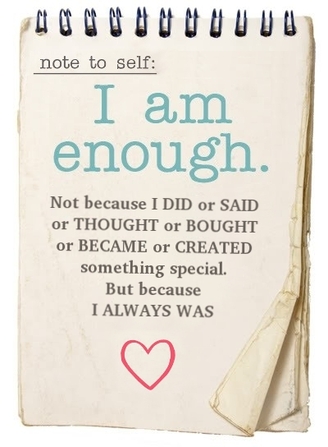 To the women who choose not to have kids, I have one thing to say: thank you. You probably don’t hear it enough. In fact, you probably don’t hear it at all. What you do hear is an array of pro-childbearing responses, such as, “You’ll change your mind someday,” or, “Doesn't your mother want grandkids?” or, “You’ll never find a husband if you never want to have kids.” All things considered, “thank you” is probably on the opposite end of what you hear. But seriously: thank you. Thank you for recognizing that children rearing isn't for you and being true to who you are. It doesn't mean you hate kids. It just means that raising one is not part of your path in life. Thank you for not succumbing to the societal pressures. I've known far too many parents who had kids because that’s what was expected of them. Working in childcare, you see more of this type than you wish to see. The resentment is almost palpable. They love their children -at least, they have no choice but to love their children- but every single movement seems to scream, “I wasn't meant for this.” I've known too many people who grew up with at least one parent who harboured that resentment, who let that resentment dictate how they parented. I've seen how that influenced the way these former children are now as adults, or even as parents themselves. Thank you for not trying to compromise who you are in an effort to keep a partner around. Thank you for being honest and open and refusing to apologize for who you are. Everyone has different values. Everyone wants something different in life. It takes a lot of guts and confidence to say, “This is what I want in life. It’s not the orthodox way, but it’s my way.” Thank you for not trying to silence that feeling in your gut as a means to validate your life. There are too many people in this world who cannot figure out their path -or have stumbled while walking down said path- and decided that maybe having a child could provide that meaning and definition instead. You understand that down this path lies vicarious living and hurt emotions and you recognize that there are so many other ways to find love and meaning and joy in your life. Raising children is a difficult, onerous, frustrating, and disappointing gig. It’s tough enough for those who want it. It is a rewarding and loving gig as well, but it’s not something one should go into while focusing only on reward and love and societal acceptance. In this day and age, with a booming population in almost every country, it makes no sense to pressure every person to have a baby. But we’re sticklers to tradition, ritualistic to a fault. So thank you. It’s not easy to stand firm with your belief. Honestly, truly, and genuinely: thank you. ABBY ROSMARIN  The Eight-Foot Bride The Eight-Foot Bride The art of asking (click for video) Reflections on crowdfounding and collaborative consumption. Don't make people pay for music, says Amanda Palmer: Let them. In a passionate talk that begins in her days as a street performer, she examines the new/ancient relationship between artist and fan.
|
The AuthorA Mind full of Ideas Archives
June 2018
Tags
All
|
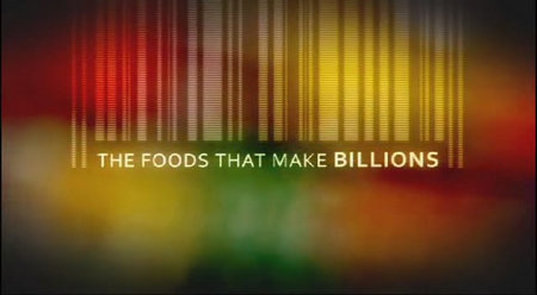



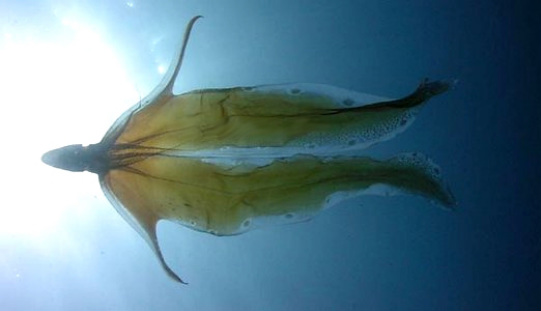
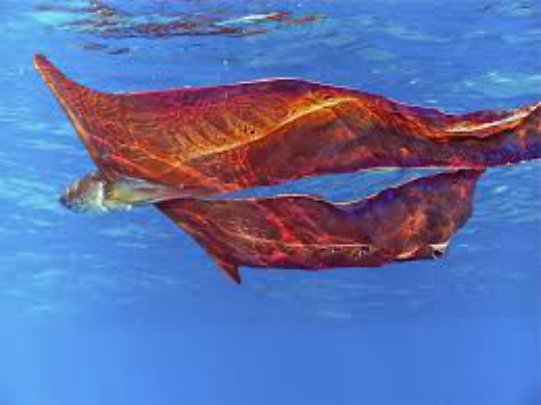
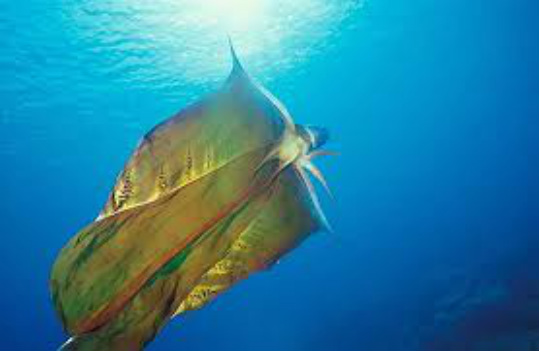
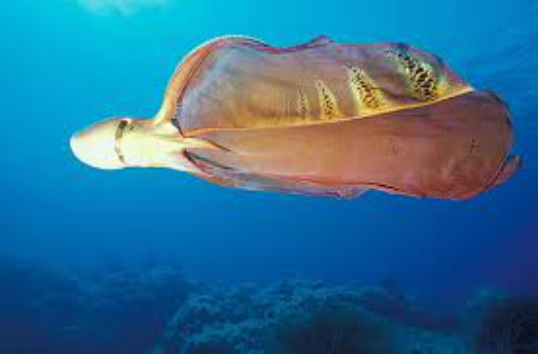
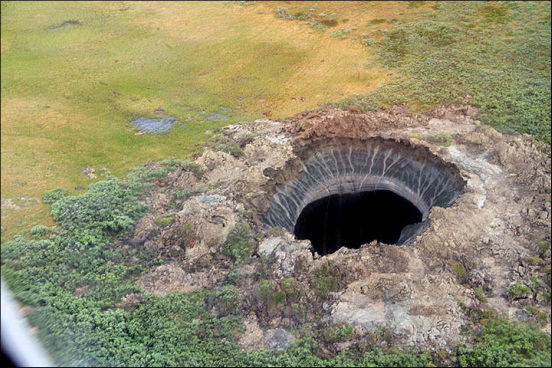
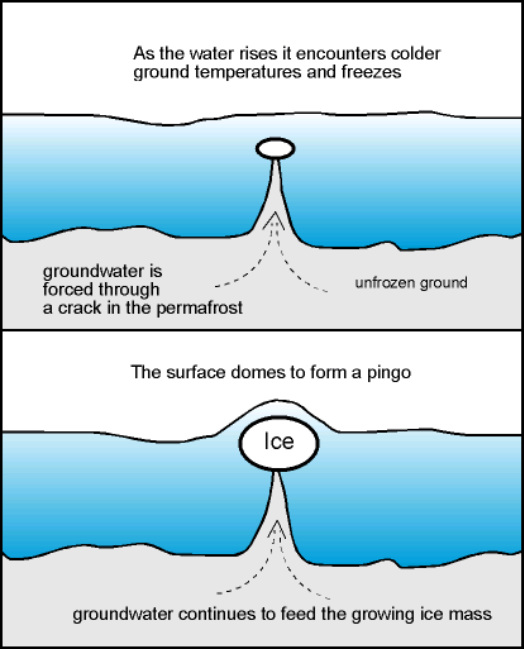
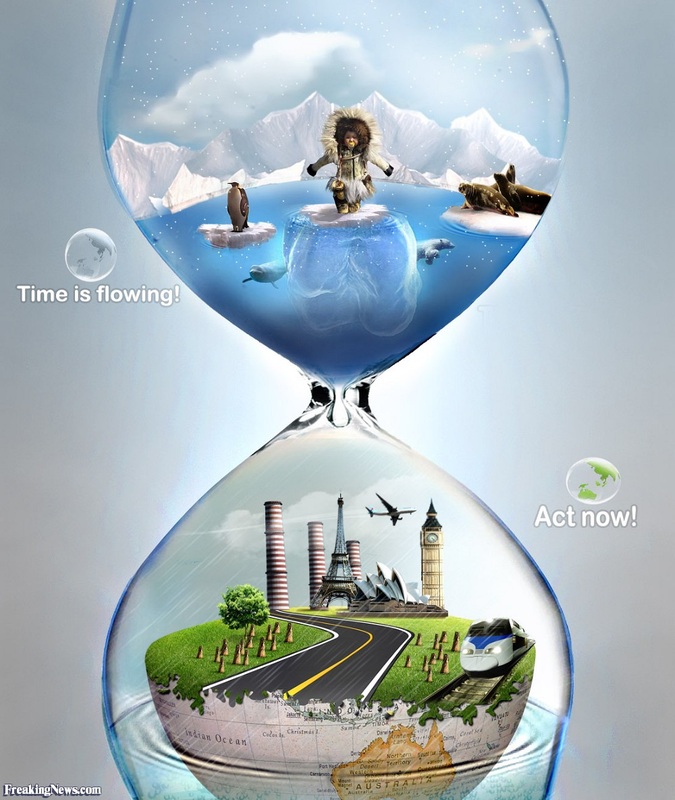
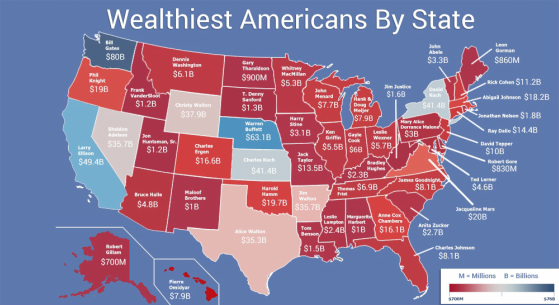
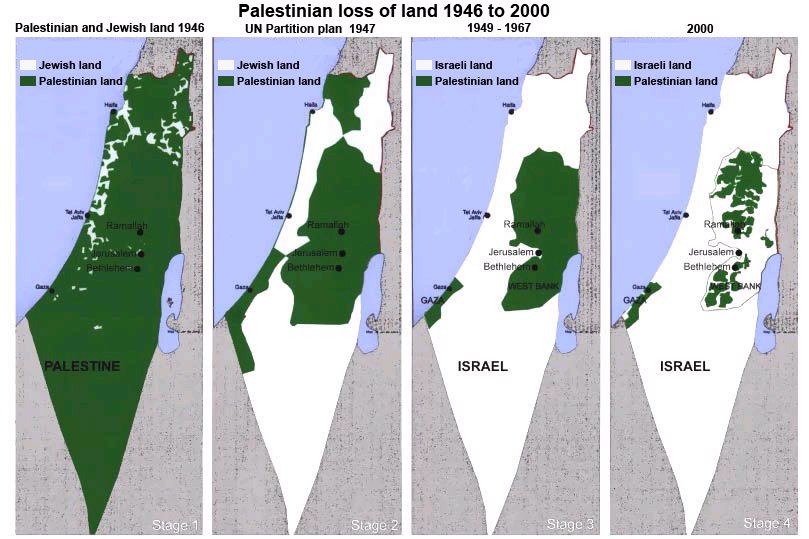
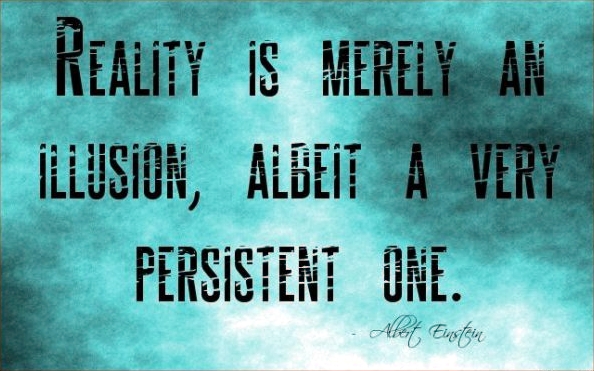
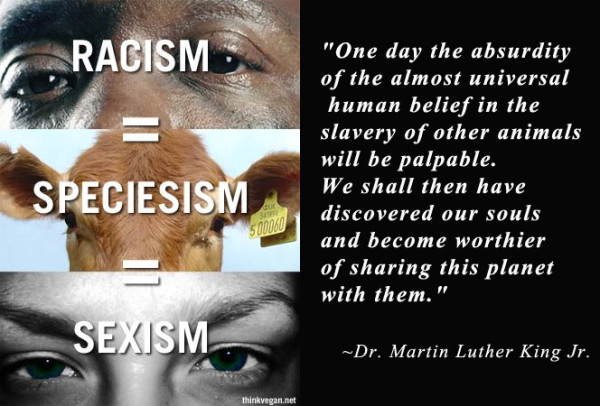
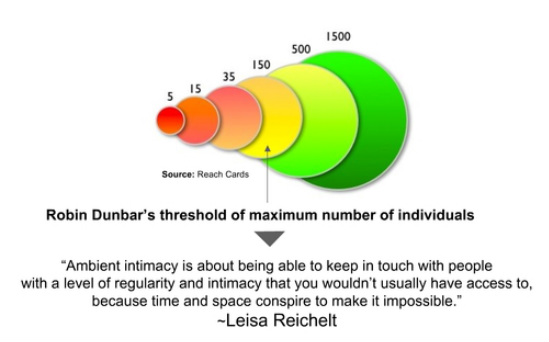
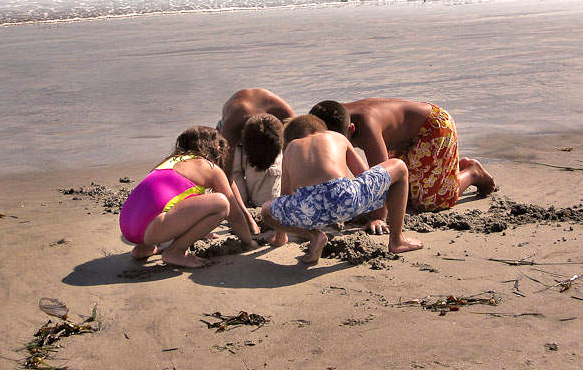

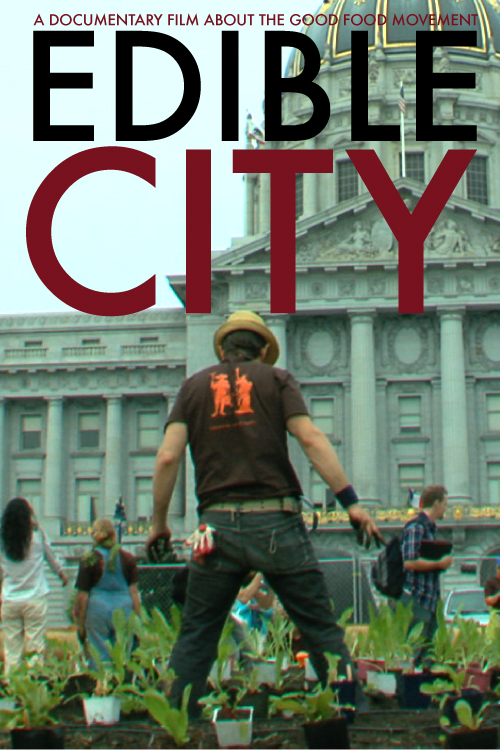
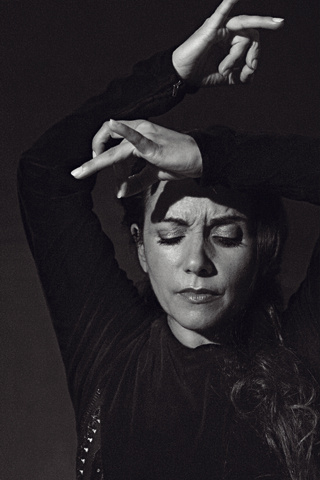
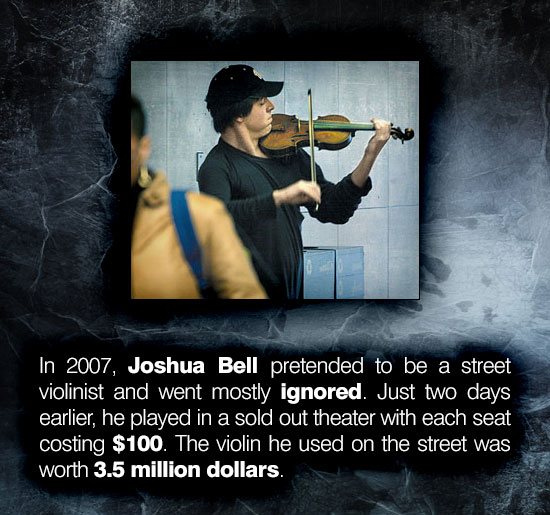
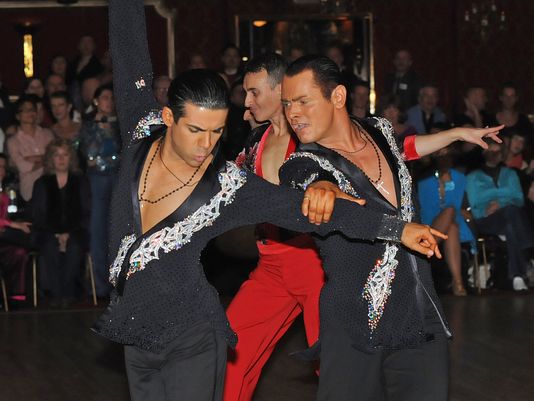
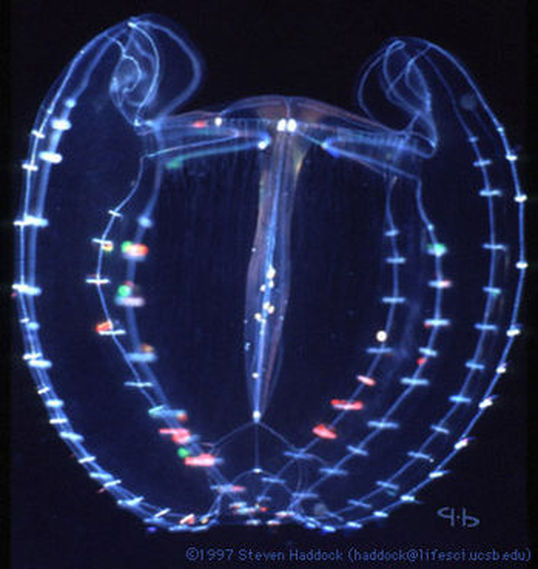
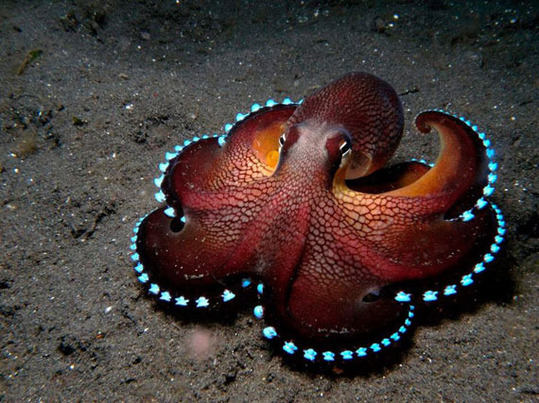
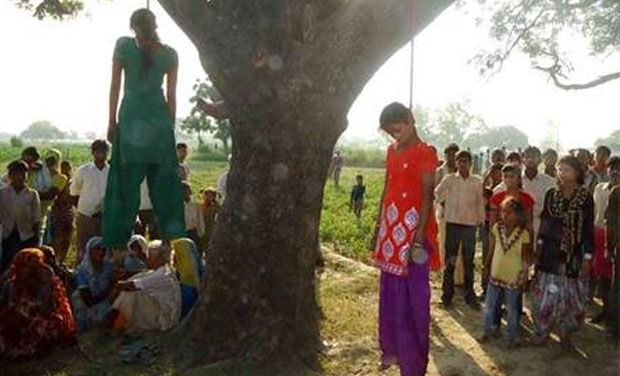
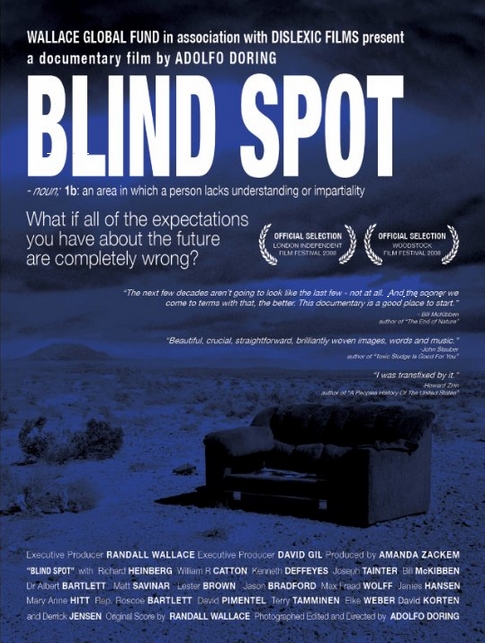
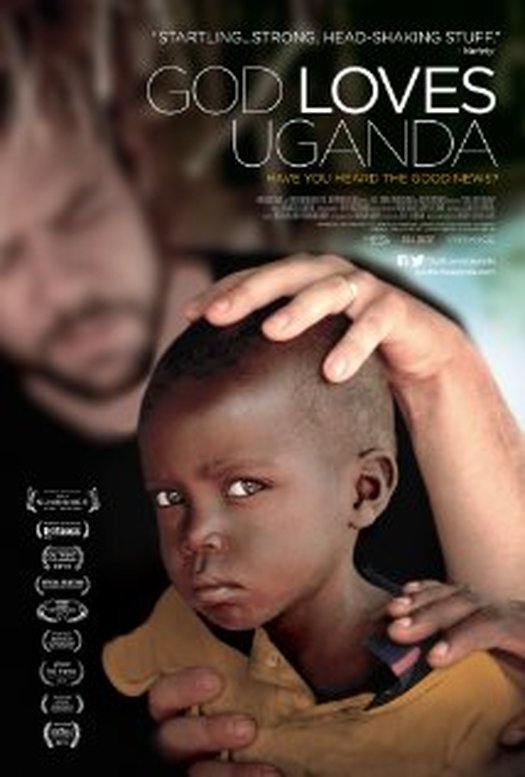
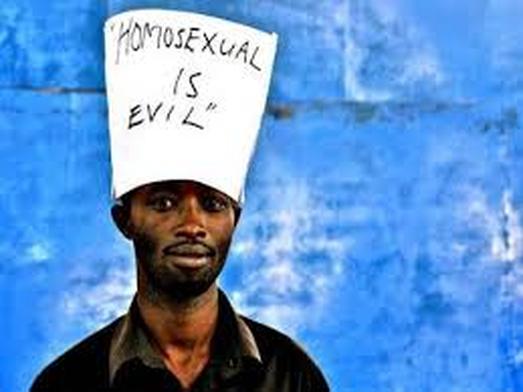
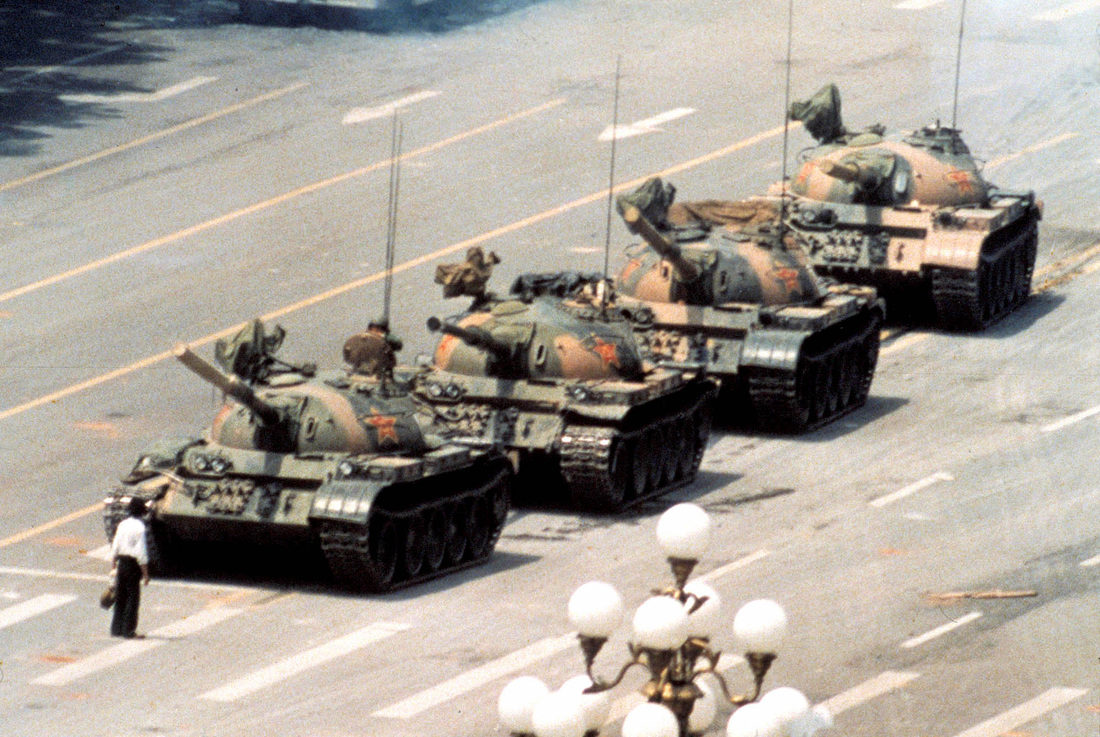
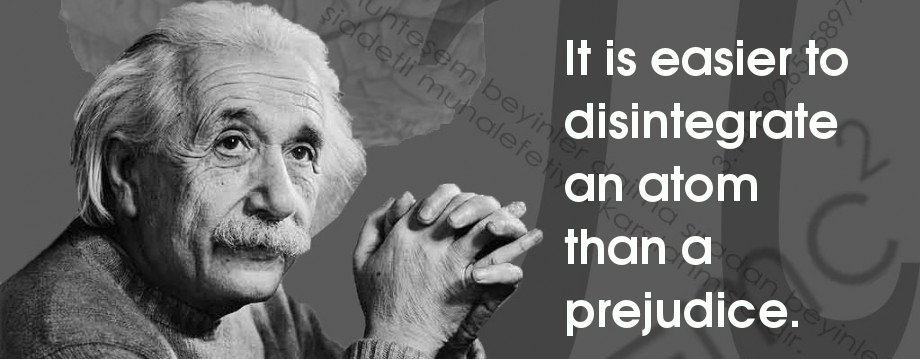
 RSS Feed
RSS Feed
